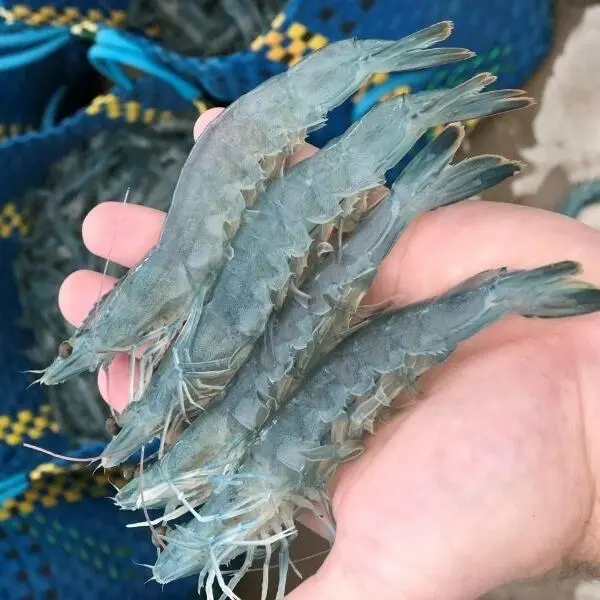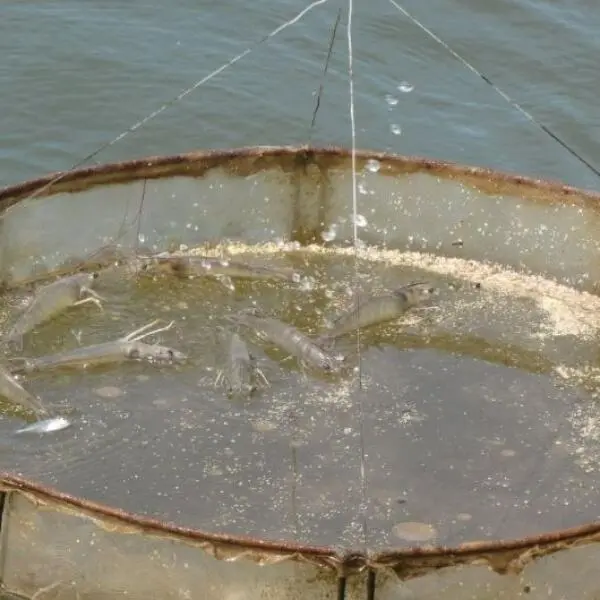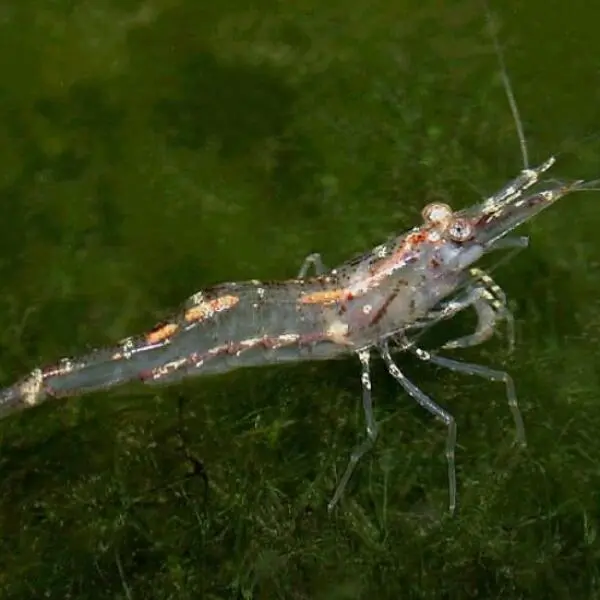
Pond nutrients are a vital element of aquatic ecosystems, providing the essential "fuel" for plant and animal life. However, just as too much food can be harmful to our health, an excess of nutrients in ponds can lead to serious ecological issues. This article explores the role of pond nutrients, their sources, and practical strategies for managing them effectively.
The Role of Nutrients in Ponds
Nutrients, such as phosphorus (P) and nitrogen (N), are indispensable for the growth and development of aquatic plants and animals. These elements are primarily introduced into ponds through natural processes like erosion, decaying organic matter, and precipitation, as well as human activities like agricultural runoff and fertilizer use.
In a balanced ecosystem, these nutrients support photosynthesis, enabling aquatic plants and algae to produce oxygen and serve as food for higher organisms. However, when nutrient levels exceed the natural capacity of a pond, problems such as excessive algae growth, known as eutrophication, can occur. This nutrient overload, often called nutrient pollution, disrupts the delicate balance of the ecosystem.
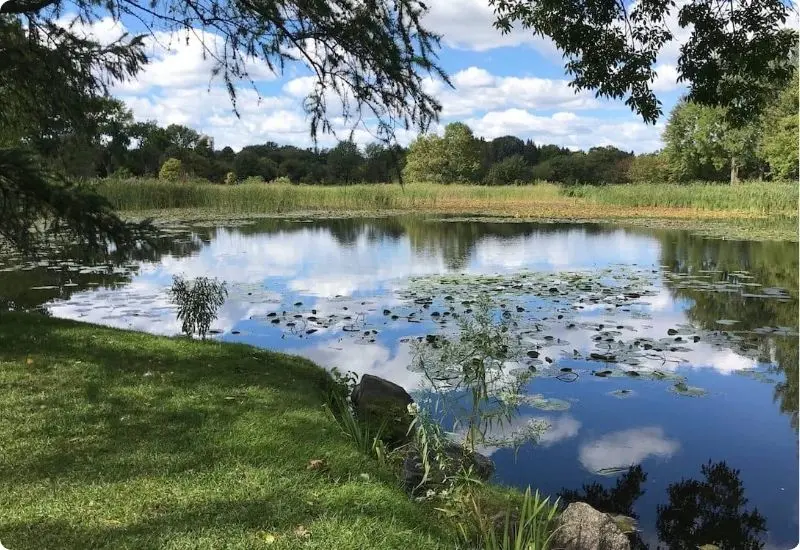
The Role of Nutrients in Ponds
The Impact of Excess Nutrients
Excessive nutrients in pond water trigger rapid growth of algae and invasive aquatic plants. This phenomenon, while initially appearing as increased productivity, has several negative consequences:
- Algal Blooms: High levels of phosphorus and nitrogen fuel the explosive growth of algae, reducing water clarity and blocking sunlight from reaching submerged plants.
- Oxygen Depletion: As algae die and decompose, the process consumes dissolved oxygen, creating hypoxic or anoxic conditions that are harmful to fish and other aquatic organisms.
- Trophic Cascade: Overgrowth of invasive species outcompetes native plants, disrupting the food web and reducing biodiversity.
- Aesthetic and Recreational Issues: Algal scums and foul odors make ponds unattractive and unsuitable for recreational activities.
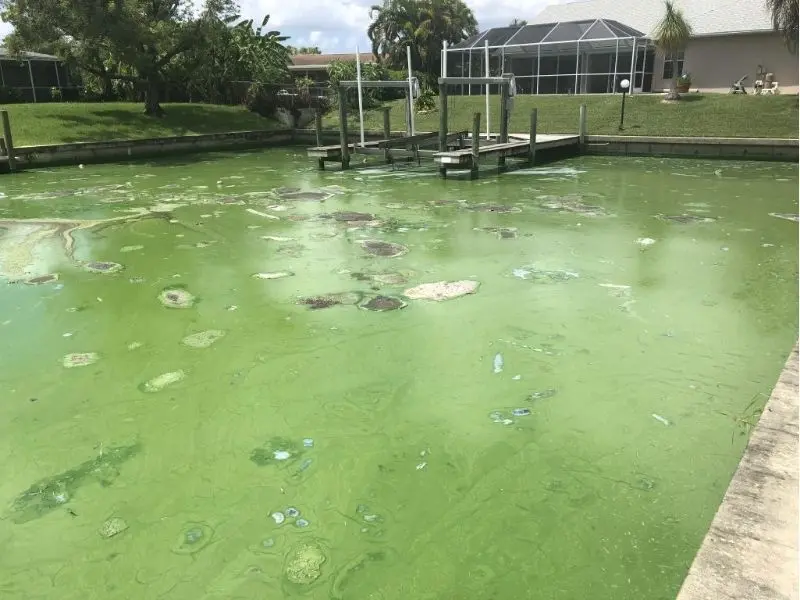
The Impact of Excess Nutrients
Sources of Pond Nutrients
Nutrients in ponds originate from both natural and human-induced sources, primarily nitrogen and phosphorus. Understanding these inputs is essential for effective water management.
1. Natural Sources
Leaves, dead plants, and organic debris naturally decompose, releasing nutrients into the water. Soil erosion during heavy rains also contributes phosphorus-laden particles, while atmospheric deposition adds nitrogen directly to the pond. Decaying aquatic vegetation further cycles nutrients within the ecosystem.
2. Runoff
Runoff from agricultural fields, residential lawns, and urban areas is a major source. Fertilizers, grass clippings, and animal waste wash into ponds, introducing high nutrient levels that promote algae blooms. Stormwater from urban areas often carries a mix of pollutants, exacerbating nutrient loading.
3. Wildlife and Human Impact
Waterfowl like ducks and geese contribute nitrogen and phosphorus through their waste. Nearby septic system leaks and agricultural runoff add significant nutrients, while improper yard waste disposal further increases nutrient accumulation.
4. Sediment Recycling
Nutrients stored in pond sediments can be released under low-oxygen conditions, perpetuating internal nutrient loading even when external sources are controlled.
5. Erosion and Land Use
Deforestation, construction, and poor land practices lead to soil erosion, washing phosphorus-rich particles into ponds. Removing vegetation buffers exacerbates the issue by reducing the land's ability to filter runoff.
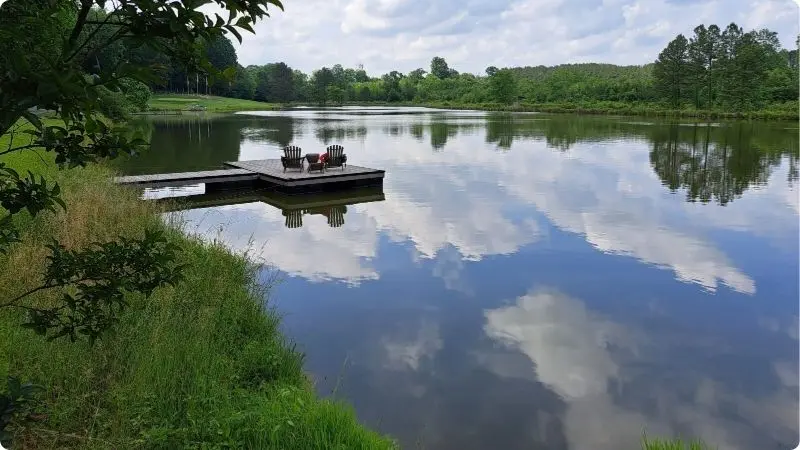
Sources of Pond Nutrients
Strategies for Managing Pond Nutrients
Effective nutrient management involves both preventive measures and remediation
1. Boost Water Movement and Oxygen Content
Water circulation and oxygenation are fundamental to managing pond nutrients, as they prevent nutrient buildup and improve water quality. Increased oxygen levels make nutrients less bioavailable to algae and plants, reducing their excessive growth.
- Aeration Techniques: Devices like floating fountains and submersed aerators physically mix the water column from bottom to top. This process disperses oxygen evenly, preventing the formation of anoxic zones where nutrients may accumulate and fuel algae growth.
- Advanced Oxygenation Solutions: Technologies such as Oxygen Saturation Systems can target oxygen-depleted layers of the pond. By creating oxygen-rich conditions throughout the water column, these systems help mitigate the effects of nutrient pollution.
2. Use Chemical Binders to Immobilize Nutrients
Chemical treatments offer a targeted way to remove bioavailable nutrients from the water. These methods can be especially effective for controlling phosphorus, a key driver of algae blooms.
- Aluminum Sulfate (Alum): Alum binds to phosphorus and other suspended particles, forming flocs that settle to the pond’s bottom. This reduces the amount of phosphorus available for algae and plant growth.
- Phoslock: This clay-based product permanently binds phosphorus, locking it in sediments and preventing it from contributing to nutrient cycling. It is particularly useful for long-term nutrient control.
3. Introduce Beneficial Bacteria for Nutrient Digestion
Biological treatments involve the use of beneficial bacteria to "digest" excess nutrients, preventing their uptake by algae and aquatic weeds. These bacteria accelerate the natural nutrient cycling process, breaking down organic matter into less harmful byproducts.
- Role in Food Web Dynamics: Beneficial bacteria serve as a food source for diatoms, zooplankton, and fish, which further integrate nutrients into the ecosystem. This process diminishes the nutrients available for invasive plants and algae.
- Accelerating Decomposition: These bacteria facilitate aerobic decomposition of organic matter, which is faster and more complete than anaerobic decomposition. This method also reduces foul odors caused by sulfuric byproducts.
4. Establish Vegetative Buffers and Shoreline Restoration
Preventing nutrients from entering the pond in the first place is crucial for maintaining water quality. Vegetative buffers and bioengineered shorelines can intercept runoff, absorbing nutrients before they reach the water.
- Natural Barriers: Planting native vegetation around the pond helps capture and utilize nitrogen and phosphorus from surface runoff. These plants also stabilize soil, preventing erosion that contributes sediment-bound nutrients to the pond.
- Shoreline Erosion Control: Bioengineering techniques, such as coir logs and riprap, reinforce shorelines while promoting plant growth. These measures help reduce nutrient influx from external sources.
5. Minimize External Nutrient Additions
Limiting the amount of nutrients entering the pond requires addressing human and environmental contributors. This includes modifying land-use practices and managing organic debris.
- Fertilizer Management: Switching to low-phosphate or slow-release fertilizers near water sources can significantly reduce nutrient runoff. Better yet, eliminating fertilizer use altogether within the watershed minimizes nutrient loading.
- Debris Control: Regularly removing grass clippings, leaves, and other organic debris prevents their decomposition in the water, which releases nitrogen and phosphorus.
- Wildlife Deterrence: Geese and ducks contribute substantial amounts of nutrients through their waste. Installing deterrents or barriers can reduce their impact.
6. Perform Water Quality Checks on a Regular Basis
Monitoring water chemistry is essential to identifying nutrient imbalances and assessing the effectiveness of management strategies.
- Parameters to Test: Key indicators include phosphorus, nitrogen, oxygen levels, and pH. Elevated levels of these parameters may indicate a need for intervention.
- Professional Management Programs: Enlisting experts to conduct regular water quality assessments ensures consistent care and timely solutions for nutrient control.
7. Remove Existing Nutrients
For ponds already burdened with high nutrient levels, removing existing nutrients can restore balance. This often involves mechanical and physical removal methods.
- Vegetation Harvesting: Physically cutting or raking aquatic plants and removing them from the pond prevents their decomposition and the release of stored nutrients.
- Dredging: This process removes nutrient-rich sediments from the pond bottom. While costly, it offers an effective way to eliminate years of accumulated organic matter and restore pond health.
8. Utilize Aeration for Long-Term Decomposition
Aeration not only improves oxygenation but also enhances the breakdown of organic matter through aerobic decomposition. This approach accelerates the reduction of muck and minimizes nutrient recycling.
- Aerobic Decomposition Benefits: Compared to anaerobic decomposition, aerobic decomposition is faster and produces fewer harmful byproducts. It reduces muck buildup while eliminating odors like sulfur dioxide.
- Bioaugmentation: Over time, aeration combined with beneficial bacteria can reduce the overall nutrient load, creating a cleaner and healthier pond environment.
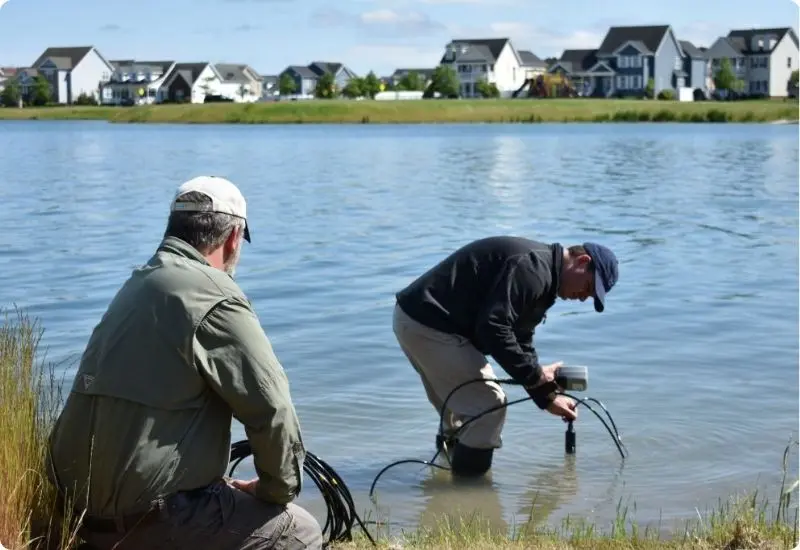
Strategies for Managing Pond Nutrients
Cutting-edge Nutrient Elimination Methods
For ponds with severe nutrient issues, more intensive methods may be necessary:
- Physical Removal: Harvesting algae and aquatic weeds removes nutrients stored in plant biomass from the ecosystem.
- Dredging: Removing nutrient-rich sediments from the pond bottom eliminates a significant source of recycled nutrients.
- Aeration and Bioaugmentation: Aeration accelerates aerobic decomposition, while bioaugmentation enhances the breakdown of organic matter, reducing nutrient accumulation over time.
Advantages of a Long-Term Management Approach
Ponds are dynamic systems influenced by both natural processes and human activities. Nutrient levels will fluctuate, requiring ongoing management to maintain balance. Preventive measures, combined with remediation techniques, can transform a nutrient-loaded pond into a thriving ecosystem.
By understanding and managing pond nutrients effectively, you can preserve water quality, support biodiversity, and enhance the aesthetic and recreational value of your pond. Implementing a combination of strategies tailored to your specific situation ensures sustainable success.
Conclusion
Managing pond nutrients is a critical aspect of aquatic ecosystem health. Excess nutrients lead to problems like algae blooms and oxygen depletion, but with proactive measures—such as aeration, biological treatments, and erosion control—you can restore balance to your pond. Regular monitoring and professional guidance are key to maintaining a vibrant and healthy waterbody.
By adopting these practices, you can ensure your pond remains a valuable and beautiful resource for years to come.
Related Articles
Discover the Hidden Health Benefits of Shrimp
Shrimp is more than just a versatile and delicious seafood; it’s a nutrient-packed option that ...
What Factors Influence Shrimp Growth Rates?
Shrimp cultivation has become an increasingly profitable sector due to rising global demand. ...
Why Minerals Are Crucial for Shrimp Health
Minerals are indispensable for maintaining the overall health of shrimp. These tiny crustaceans, ...
What is the Perfect Salinity for My Aquarium?
Maintaining proper salinity in aquariums is crucial for the health and well-being of your aquatic ...
How Does Salinity in Aquaculture Affect Shrimp Growth?
Salinity plays a fundamental role in the successful cultivation of aquatic species, including ...
How Can I Maintain the Right Pond Water Temperature?
When it comes to maintaining a healthy pond, one of the most crucial factors to consider is pond ...


